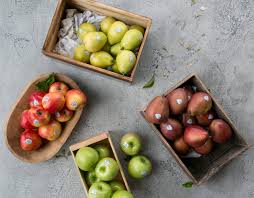Written by Wayne Trevor | 7 August 2014
As summer peaks and your garden produces an abundance of fruit and vegetables, even the most carefully planned harvests can lead to surpluses. Whether you’re dealing with vegetables ripening at once or fruits overflowing, you don’t have to let this bounty go to waste. With proper storage or creative solutions, you can enjoy your harvest long after the season ends.
Proper Storage Techniques
Many fruits and vegetables can be preserved if stored correctly. The key is knowing which crops store well, using fresh, undamaged produce, and inspecting your stash regularly for signs of rot or disease. Here are some effective ways to store your gluts:
1. Apples and Pears:
For the best storage, place apples and pears on trays with slats for air circulation, ensuring they don’t touch each other. Store them in a cool, dark, and dry place like a cellar or garage, away from strong-smelling items like onions. Some varieties, especially late-season cultivars, store well and can last for several months. Wrapping each fruit in newspaper helps prolong storage, though it makes checking them more difficult.
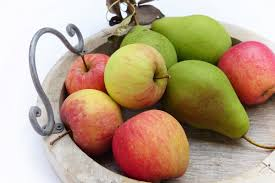
2. Root Vegetables:
Carrots, potatoes, and beets are great candidates for storage. Carrots can stay in the ground until you need them, as long as they are protected from frost. If you need to harvest early, cut the tops off, brush off the dirt, and store them in shallow trays covered with damp sand. For potatoes, dry them in the sun for a day and store them in breathable hessian or paper sacks. Avoid storing them in plastic, as it can cause mold growth. Beets can be stored similarly to carrots, but be sure to remove excess soil.
3. Onions, Garlic, and Shallots:
Onions, garlic, and shallots need to be cured before storage. This process involves drying them in a warm, shaded area for about four weeks. Once cured, they can be stored in a cool, dry space. To save space, try braiding the tops and hanging them, or store them in mesh bags or baskets.
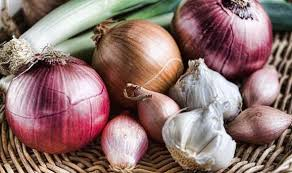
4. Winter Squash:
Winter squash, including pumpkins, should also be cured, but unlike summer squash, they store well for months. Keep them in a cool, dry place, away from sunlight. Summer squash, on the other hand, should be cooked and frozen quickly to preserve their flavor.
Turning Your Gluts into Meals
A surplus of fresh produce is the perfect opportunity to get creative in the kitchen. Rather than letting food go to waste, turn it into delicious meals you can enjoy now, freeze for later, or share with others.
Many fruits make great pies, crumbles, and other desserts, all of which freeze well for future use. Vegetables can be transformed into savory pies, quiches, curries, and casseroles. These dishes freeze easily, allowing you to enjoy your garden’s bounty throughout the year. To save freezer space, you can also freeze just the filling and prepare the crust fresh when needed. Be sure to label each batch with the date of freezing to avoid confusion later.
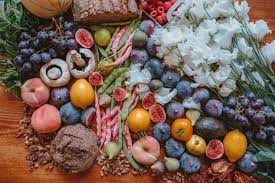
Freezing Beans and Other Produce:
Beans and other vegetables are excellent candidates for freezing. You can even experiment with combinations of fruits and vegetables for fun meals like pizzas, frittatas, or burritos. If you have a surplus of soft fruit, try blending it into milkshakes, or freeze it in ice cubes for refreshing summer drinks.
Get Creative and Share
The internet is full of creative recipes and ideas for using excess produce. Apps and websites allow you to input your available ingredients and find recipes that match. For example, soft fruits can be used for smoothies, or excess vegetables can be grilled and skewered for barbecues.
Consider sharing your extra produce with friends, neighbors, or even local food banks. If you’re part of a community garden or allotment, swapping your surplus with other gardeners is a great way to diversify your harvest. If you’re feeling generous, leave some fruits and vegetables out for neighbors to take. It’s a wonderful way to share your bounty, and they might reciprocate in ways you hadn’t imagined.
Local charities and food banks may also accept fresh produce to help feed those in need. Donating your excess ensures that food doesn’t go to waste and can provide meals for those who could use them.
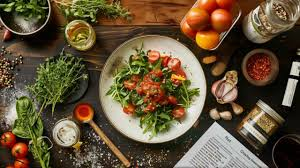
Conclusion
Whether you’re storing, cooking, freezing, or sharing your surplus, there are countless ways to make the most of your excess fruit and vegetables. Don’t let your hard work in the garden go to waste – with a bit of effort and creativity, you can enjoy your harvest throughout the year and even help others in the process.
